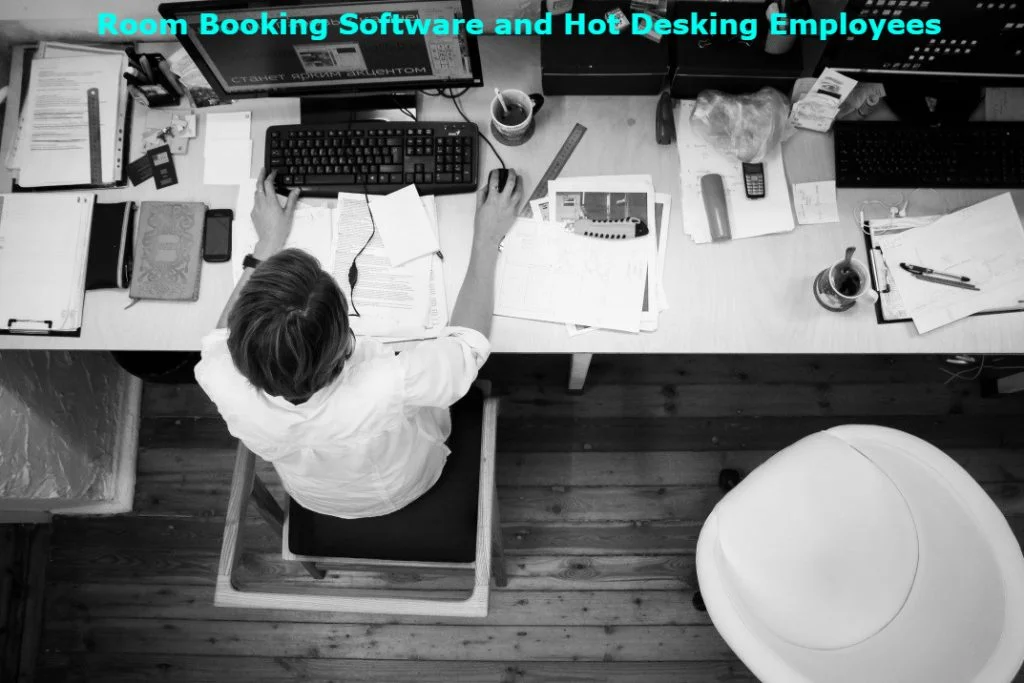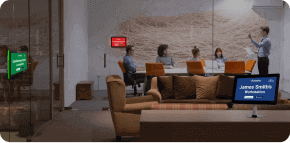Blog

Flexible workspace software – Is it time to add flexibility to your workplace schedules?
Personnel managers and HR departments around the globe deal with a whole new dictionary of terms today: Flex time. Part-time work. Reduced hours. Compressed work weeks. Telecommuting. Teleworking. Job sharing. Gradual Retirement. Annualized hours. Banking of Hours. Sabbaticals. Extended Leaves-of-Absence. Temp layoffs.
The underlying message to these terms is clear: Business managers must either prepare to be flexible in how they plan, manage and schedule their workspace, or they should accept that they’ll soon become irrelevant in their niche.
The answer to these challenges is in implementing flexible workspace software.
Building flexibility in workspace assignment
The ongoing COVID-19 work disruption has only served to highlight, rather than precipitate, the need to build flexibility into workspace management. With the workplace changing dramatically, more staff may choose to work remotely more often – the new COVID-19 paradigm shows that’s possible. And with workforce rationalization on the rise, flex work is likely to become permanent.
So, what would this mean for workspace allocation and assignment?
1) Permanent offices, desks and workstations will be a thing of the past
2) Social distancing in the workplace is likely to be around for a while, and that’ll mean not every desk, office or cubicle will be available for occupancy
3) Multiple staff members will share a single desk or cubicle, albeit over a staggered schedule
4) Businesses will need to give greater consideration for workspace accommodation for drop-ins or casual staff
These developments will require greater flexibility in monitoring and scheduling of shared facilities, like meeting spaces and conference rooms. Without efficient room scheduling software, it’s highly unlikely that organizations will make efficient use of their workspace resources.
Making flexi workplaces work
The idea behind successfully implementing a flexi workplace strategy, is to ensure every staff member on-premises has a workspace that he/she can use. More importantly, these workspaces must be available to schedule or access without undue stress.
The way to do that is by:
1) Ensuring staff have room booking flexibility. Empower staff to book, reschedule or cancel conference room reservations or desk allocations remotely. That way, unused workspaces can immediately go back into the “available” pool for subsequent assignment
2) Allowing (the few!) permanent users of workspaces the flexibility to release their desks or workstations for the time they may not be using them – for example when on extended work-related off-site visits. This enables casual drop-ins or unscheduled visiting staff to make efficient use of such workspaces
Equipping staff and management with flexible workspace software that includes other helpful tools, such as powerful analytics reporting can also help make more effective and efficient use of limited workspace resources.
Line managers and facility supervisors can use such reports to make informed decisions around building greater flexibility into workspace scheduling. For instance, they may reassign under-utilized desks and offices to alleviate pressure on highly-demanded workspaces. The reports may also help people managers reorganize teams and co-locate them in proximity of workspaces to support their projects – such as in the vicinity of heavy-duty printers, laboratories or IT server rooms.
All these measures don’t just add flexibility to the workplace; they also help relieve stress on staff members that already have a stress filled day to contend with. Looking for optimal workspace for the day shouldn’t be one of those stress points!















































 Support
Support  Demo
Demo  Blog
Blog